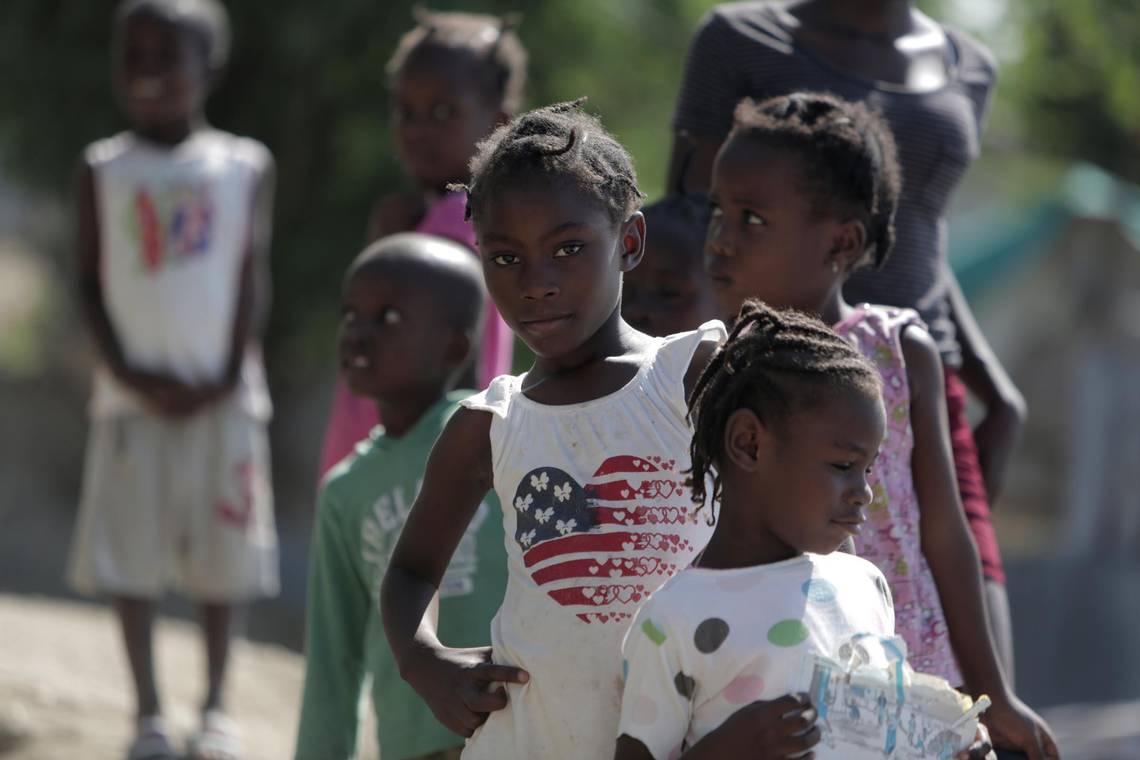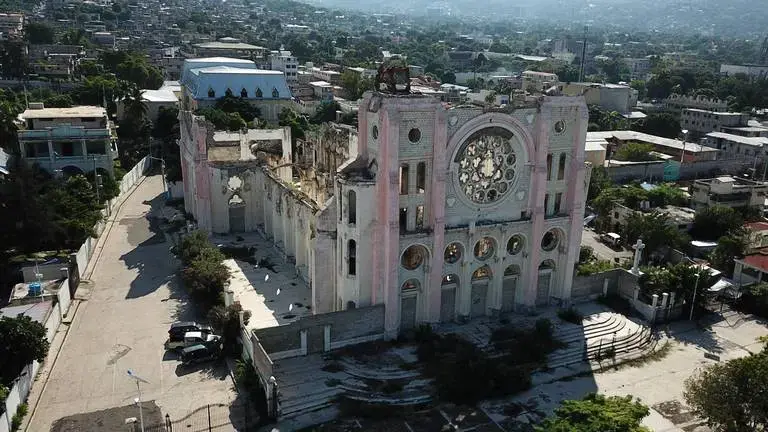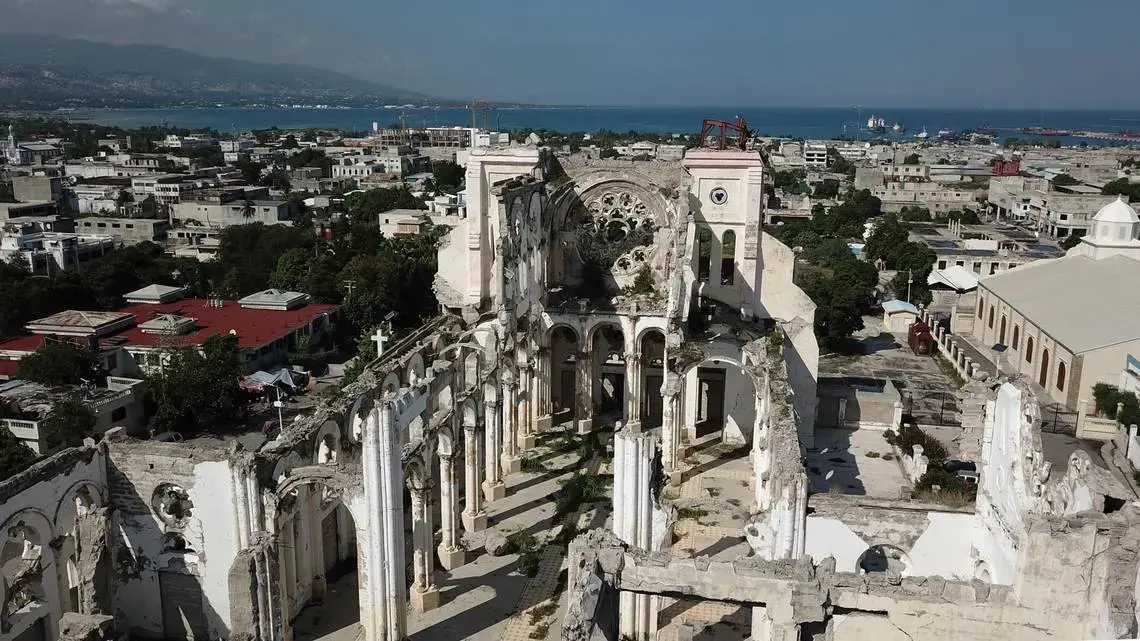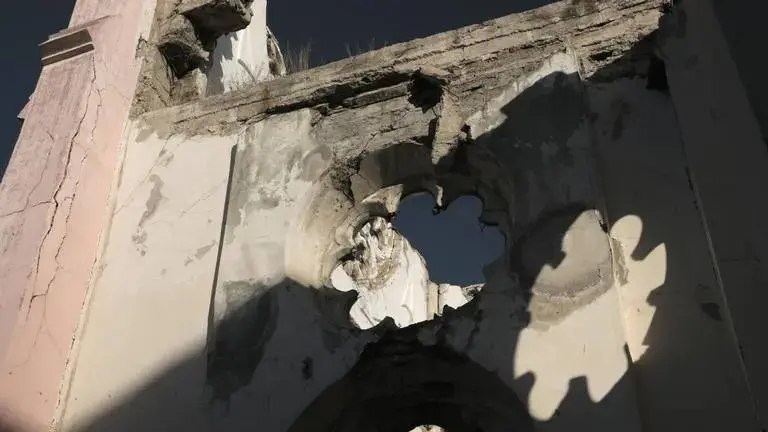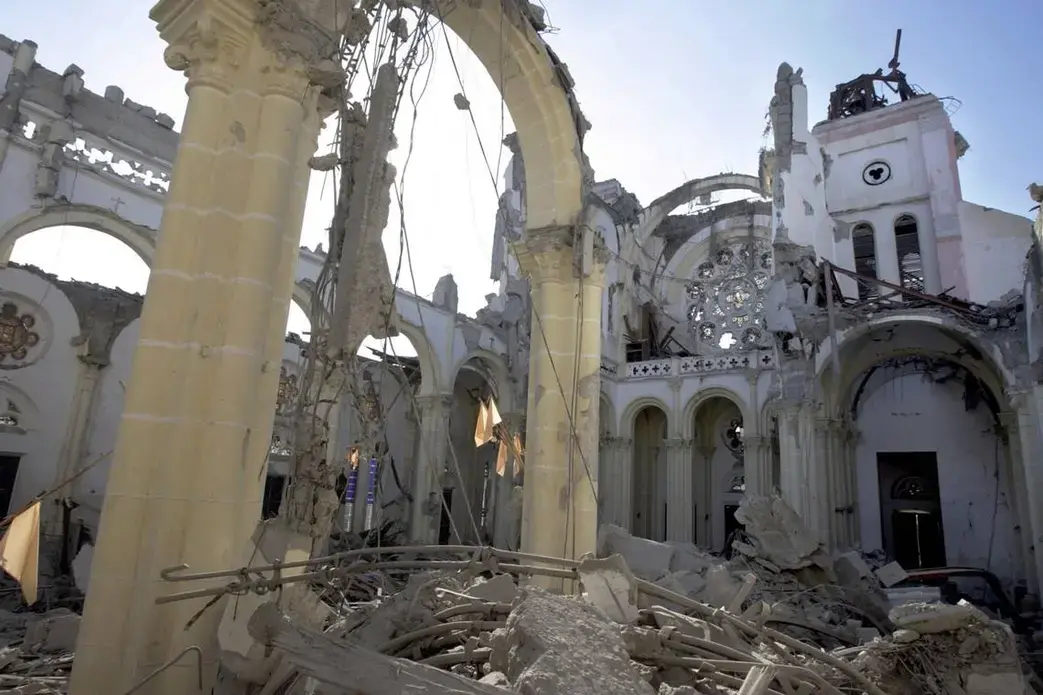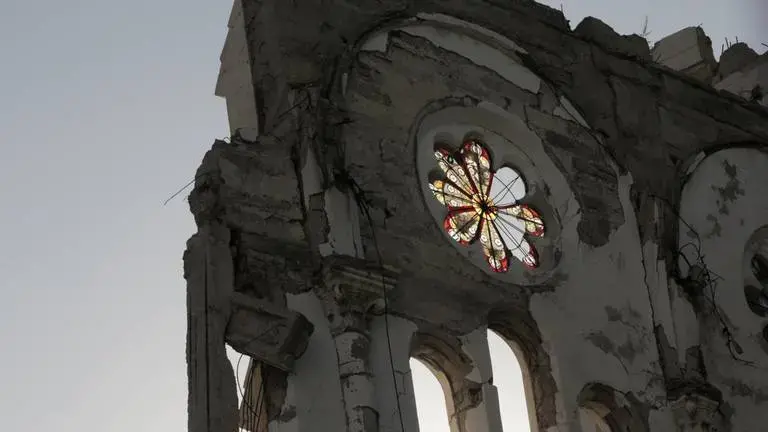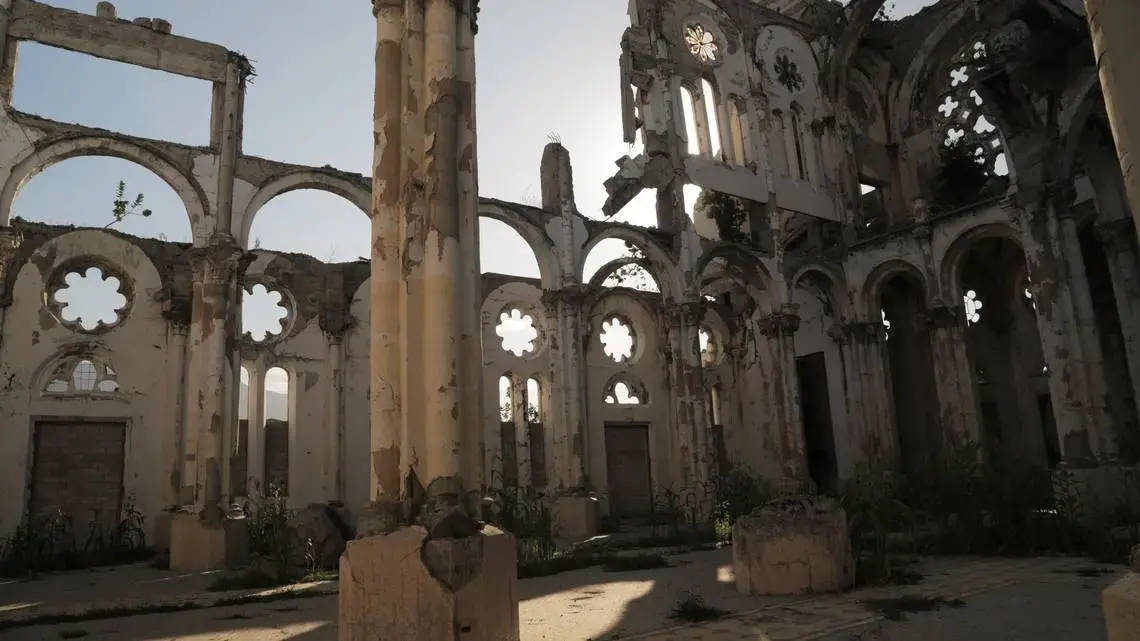
PORT-AU-PRINCE
In its day, it was one of the most iconic buildings in Haiti, a symbol of artistry, religious fervor and God’s grace.
Today, the earthquake ruins of Port-au-Prince’s collapsed cathedral stand as a powerful reminder of not just the catastrophic disaster that struck Haiti 10 years ago this month, but of the slow pace of the recovery, waning interests from donors who once rushed to help and the cycle of political, economic and security aftershocks that have followed since.
The area around the cathedral’s ruins has become so rampant with crime that making it to Mass inside a $3 million smaller, transitional cathedral in the back is difficult and sometimes impossible.
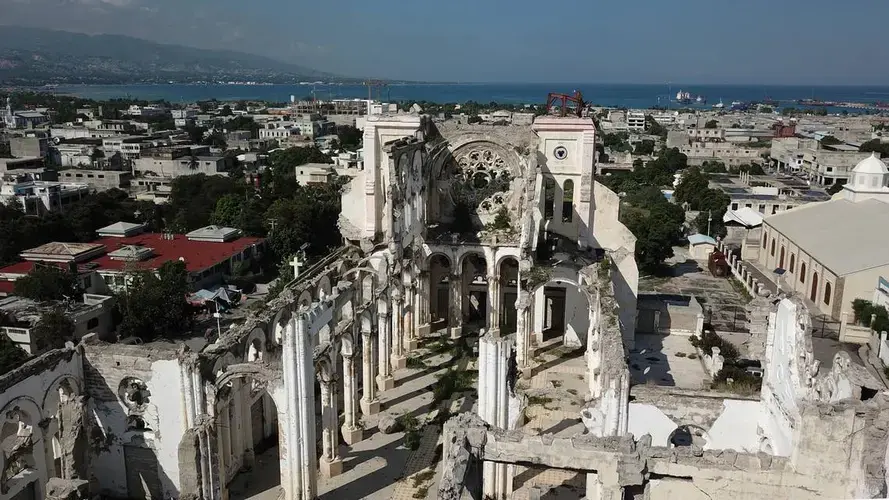
Unlike the Notre-Dame de Paris, the cathedral in France that attracted worldwide attention after a fire broke out in April, the Cathédrale Notre-Dame de l’Assomption in Port-au-Prince has largely been forgotten. There has been no billionaire bailout, and its estimated cost of rebuilding — $50 million — would have taken up all of the money donated by U.S. Catholics to help Haiti reconstruct its fallen houses of worships and other religious structures after the quake.
Still, as Haiti prepares to mark the 10th anniversary of the tragedy Sunday, the new archbishop of Port-au-Prince, Max Leroy Mesidor, is giving a lot of thought to the twin tower historic landmark that was constructed between 1884 and 1914. Its reconstruction plans once attracted 250 architects from around the world collaborating to submit 134 designs in a blind judging competition sponsored by the University of Miami, the Archdiocese of Port-au-Prince and Faith and Form magazine.
“Now there needs to be a movement launched for the cathedral,” Mesidor said, recalling the attention the Paris cathedral received. “We have to seize the moment.”
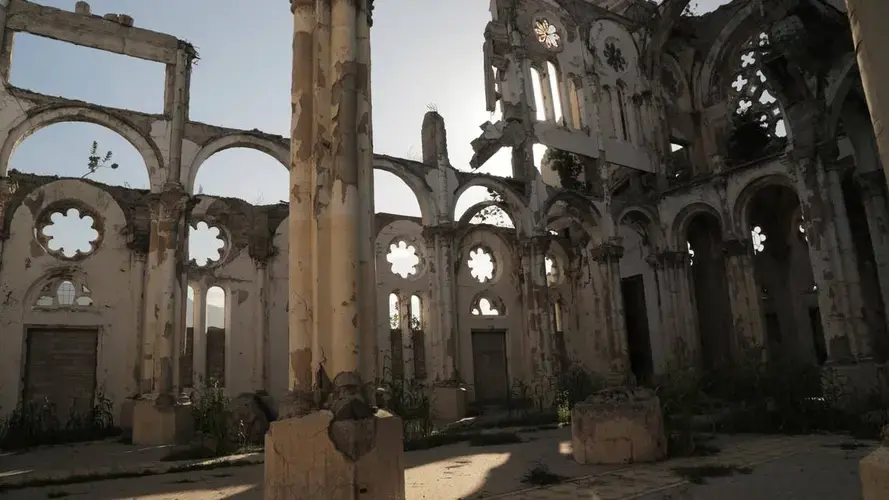
After the quake, Mesidor said, many people thought that if the $33 million donated by U.S. Catholics was poured solely into the cathedral’s reconstruction, there wouldn’t be anything left for the other damaged churches, including the historic cathedral of Jacmel in southeastern Haiti.
In August, during a celebratory Mass inside the temporary structure in Port-au-Prince, Mesidor presented parishioners with an idea. If one million Catholics in Port-au-Prince were to donate $100 over the span of the new cathedral’s construction, it would be more than enough money — $100 million — to rebuild.
“There were people after Mass who said, ‘Monsignor, it’s a good idea,’ “ he said, sitting in the courtyard of his official residence above the capital.
Mesidor’s predecessor, the late Roman Catholic Archbishop Guire Poulard, oversaw construction of the transitional 1,500-seat cathedral. But Mesidor acknowledges that, “If you go down by the cathedral, people will ask, ‘Why hasn’t anything been done?’ ”
“In the future, we have to do something with it,” he said.
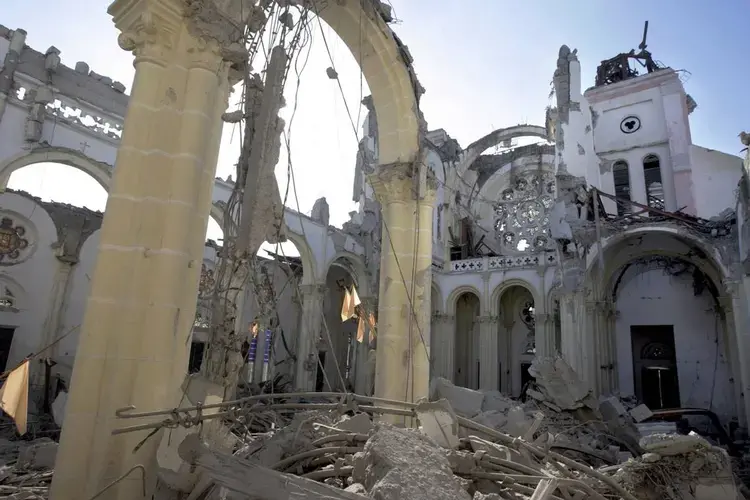
The fate of the cathedral raises a question: Can the Church afford to spend $50 million on a single building in volatile and poverty-stricken Haiti, with all of its financial and political woes?
“You can have that debate,” Mesidor said. “They can look to see how we can reduce it. But whether it’s $10 million, or whether it’s $15 million or $20 million, in the long run they must rebuild the cathedral.”
There is also the question about what the new cathedral should look like. The Puerto Rican architecture firm SCF Arquitectos had won the international competition with a design that preserves what was left of the original structure while also making it modern and green. A lot of people don’t like it, said Mesidor, who isn’t a fan of the design’s circular building that wraps around a central altar with retractable walls opening into a garden.
“Ninety percent of the people who saw this [design] say, ‘This isn’t the cathedral of Port-au-Prince.’ They do not like it at all,” he said.
The firm did not respond to a Miami Herald request for comment.



